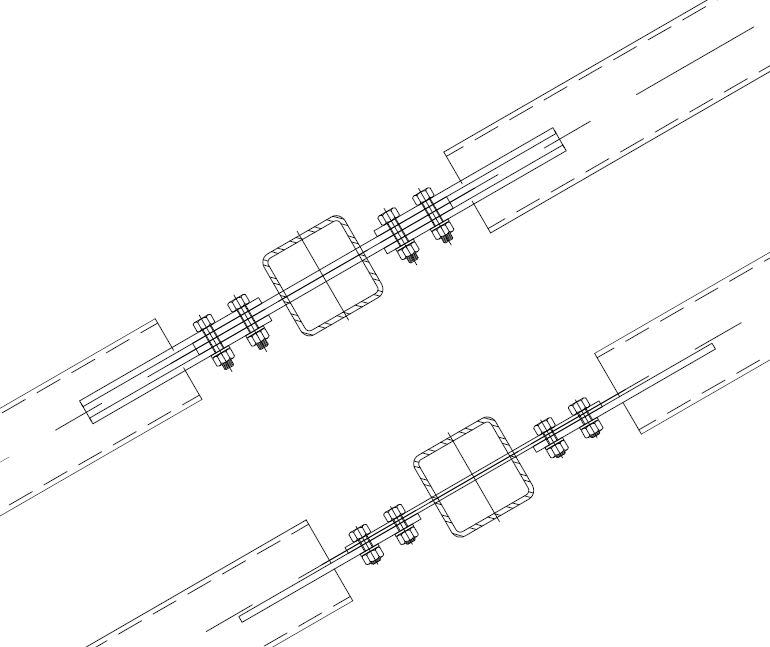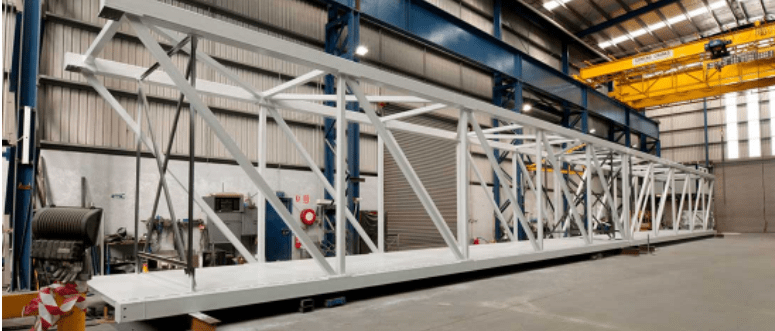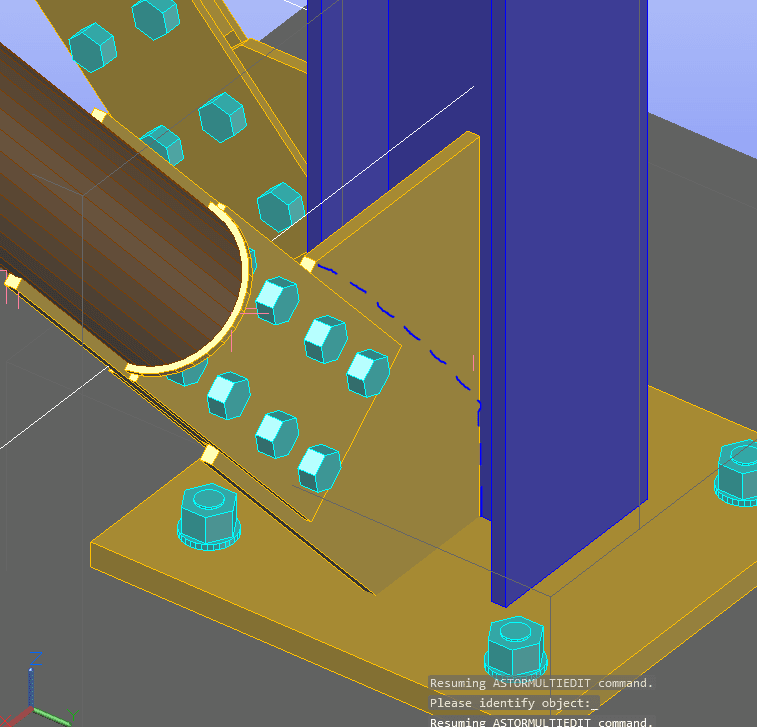dik
Structural
- Apr 13, 2001
- 26,022
How do other engineers deal with the slight eccentricity caused by the slotted end connection to the gusset plate due to the thickness of the connecting plates. I generally offset the slotted plate and the gusset plate so that the face of the plates falls on the centreline of the HSS to minimise the moment. I neglect this when I design the connections. What do other engineers do? Are there any references? ![[ponder] [ponder] [ponder]](/data/assets/smilies/ponder.gif)
Rather than think climate change and the corona virus as science, think of it as the wrath of God. Do you feel any better?
-Dik
![[ponder] [ponder] [ponder]](/data/assets/smilies/ponder.gif)
Rather than think climate change and the corona virus as science, think of it as the wrath of God. Do you feel any better?
-Dik



